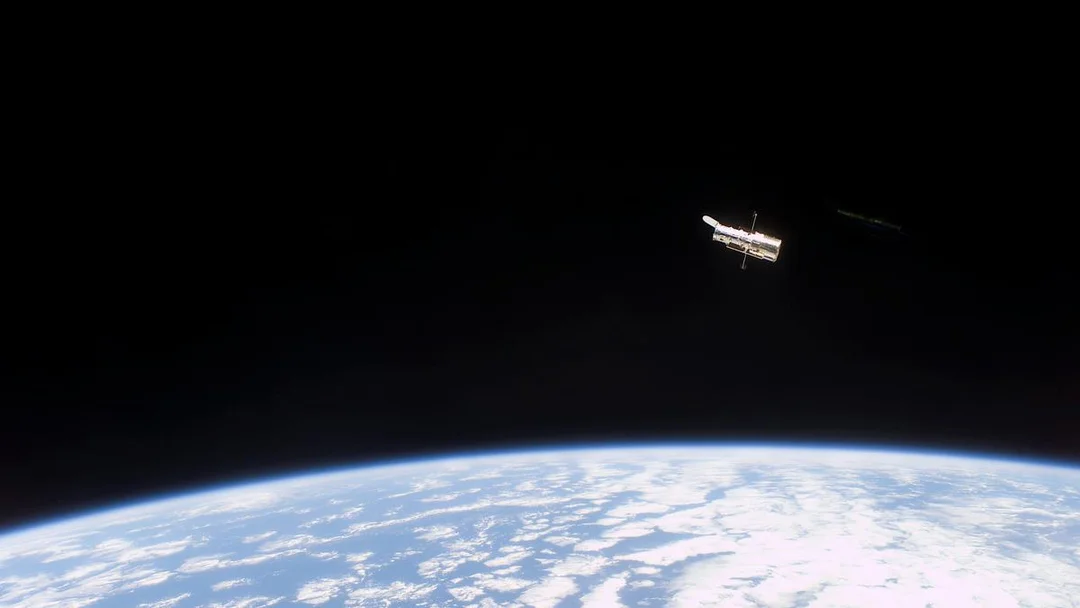
Hubble’s Legacy: 35 Years of Cosmic Discovery and a Future in Question
For 35 years, the Hubble Space Telescope (HST) has captivated the world with its breathtaking images and groundbreaking discoveries. Launched on April 24, 1990, Hubble overcame early challenges to become a symbol of human ingenuity and our quest to understand the universe. But as Hubble ages, questions arise about its future: Should NASA risk a repair mission, or focus on building a costly replacement?
A Triumph of Engineering and Science
From stunning snapshots of distant galaxies to critical data that helped determine the age of the universe, Hubble's contributions are immense. NASA recently celebrated Hubble’s 35th anniversary. The telescope, named after astronomer Edwin Hubble, was built by a consortium of companies, universities, and the European Space Agency.
Initially equipped with cameras like the Wide-Field and Planetary Camera (WFPC) and the Faint Object Camera, as well as spectrographs, Hubble provided unprecedented views of celestial objects. One of the HST’s most significant achievements was to get scientists the data to estimate the universe’s age. Astronomers have also created a 3D map of dark matter using data from the HST and other telescopes.
Overcoming Challenges
Early images from Hubble were disappointingly blurred, a result of a flaw in the primary mirror. However, NASA engineered a clever fix: a series of smaller mirrors called COSTAR, installed by astronauts during a daring 1993 servicing mission. This mission, and subsequent ones, not only corrected the initial flaw but also upgraded Hubble's capabilities with new instruments, ensuring its continued relevance.
The Future of Hubble: Repair or Replace?
Now, with its orbit decaying and key components like gyroscopes showing their age, Hubble faces an uncertain future. Only two of its six gyroscopes are functioning. Mark R. Whittington notes that potentially NASA may well lack a space telescope that sees the universe in the visible range, after Hubble's end of service in another decade. NASA estimates that the Hubble Space Telescope has about 10 years of useful life left before it burns up in an uncontrolled reentry into the Earth’s atmosphere.
One option is a repair mission, potentially using a SpaceX Crew Dragon. Jared Isaacman proposed a repair mission to Hubble using a SpaceX Crewed Dragon. This would boost the telescope’s orbit and allow astronauts to perform repairs and upgrades. However, this is not without its risks and NASA has previously expressed concerns about the risks of damage to the Hubble and the risk to the astronauts.
The alternative is to develop a successor to Hubble. Ars Technica noted in 2023 that the SpaceX Starship has the capacity to lift huge space telescopes with many times the Hubble’s capabilities.
Hubble's Enduring Impact
Regardless of its fate, the Hubble Space Telescope's legacy is secure. Its images have inspired a generation, and its scientific contributions have revolutionized our understanding of the cosmos. Every pixel of its images has revealed whole new worlds in the great beyond, helping us understand our own place in the cosmos.
What do you think? Should NASA take the risk of a repair mission to extend Hubble's life, or focus on developing a next-generation space telescope? Share your thoughts in the comments below!